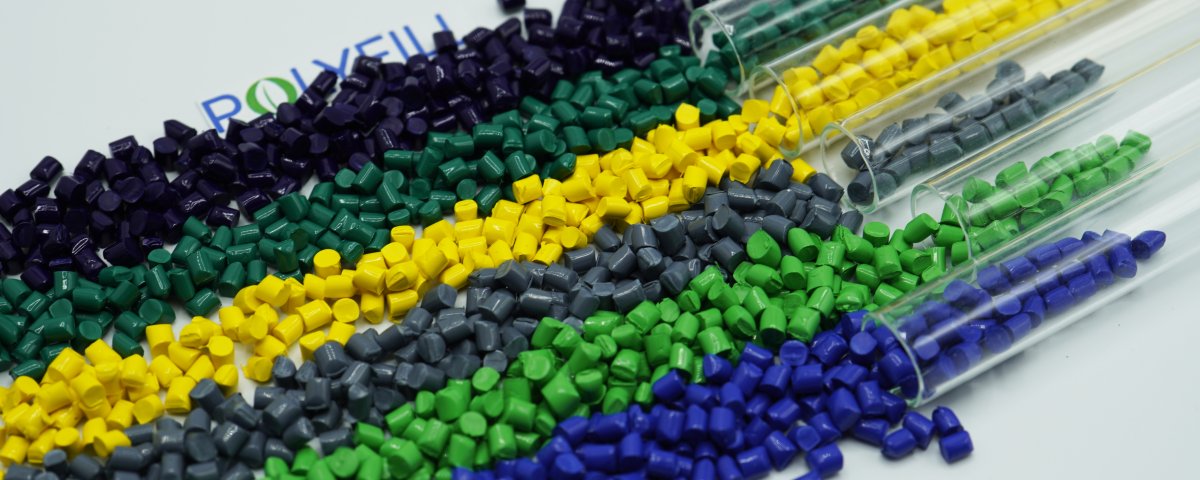There’s a common misperception that plastic color masterbatch and pigments are similar. In fact, though they are two main forms of polymer’s colorants, their characteristics and usages are quite different from each other. The question is, which one is the better choice? Let’s find out in this article!
As customer’s demands are quickly changing over the last decade, plastic products are now not only required to be of higher quality, but also are more attractive, thus highlighting the importance of plastic colorants. Basically, they are divided into two main forms: plastic color masterbatch and pigments.
Plastic color masterbatch and pigments – What is the difference?
Both plastic color masterbatch and pigments are coloured substances added to the plastic manufacturing process in order to create a more attractive appearance for end-products. However, there are a certain number of differences among those. While plastic color masterbatch is a combination of pigments, plastic resins and other specific additives in the form of masterbatch, pigments are simply coloured substances in the powder form. Hence, the way they are applied in the plastic products is also different.
How does the plastic color masterbatch outweigh pigments?
There are many reasons why plastic enterprises should choose plastic color masterbatch instead of pigments.
Firstly, color masterbatch distributes better on plastic surface
Thanks to its composition, plastic color masterbatch is far more compatible with plastic mixture than its counterpart, which allows it to be directly added into the plastic manufacturing process without causing any color concentration on the plastic surface. Whereas, owing to its powder form, pigments need to be suspended in a liquid before being added to plastic to minimize the presence of color particles on the product’s surface. Hence, it tends to be more suitable with dyes, ink and paint, whose manufacturing process is water – related.
Secondly, color masterbatch is more environmentally friendly
As plastic color masterbatch is in the form of granules, it doesn’t cause airborne during the manufacturing process, while pigments do. Their tiny particles easily spread into the air and contaminate adjacent manufacturing lines. This more or less affects worker’s health when they are excessively exposed to a polluted atmosphere for a long period.
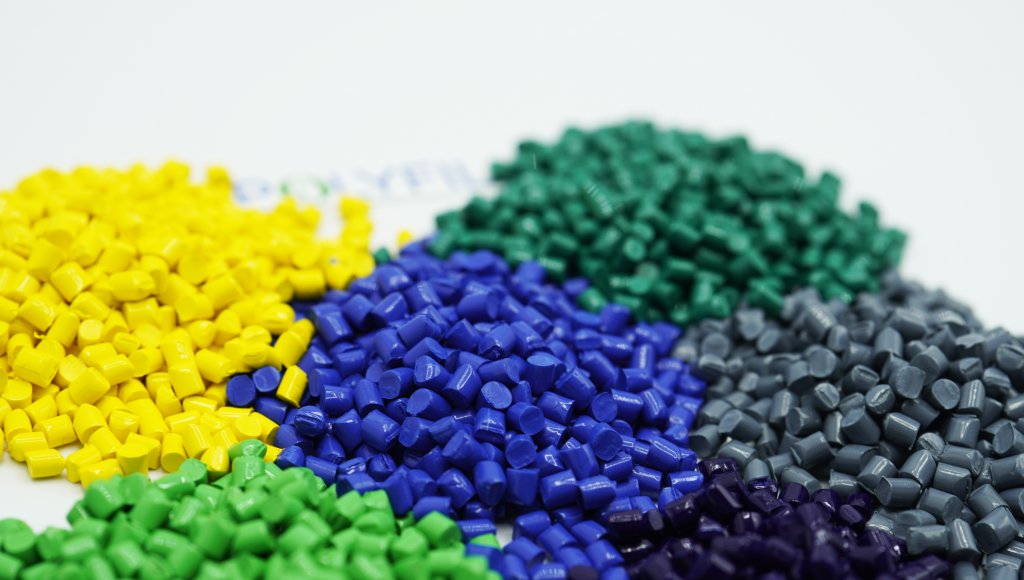
Thirdly, color masterbatch is easier to store and preserve
Since pigments are in the powder form, it is more difficult to store, to preserve and to deliver them without causing any losses. On the contrary, color masterbatch is easier to store, move and manipulate masterbatches as they come in pellet form.
Fourthly, color masterbatch saves the amount of pigments consumed
Do you know the concentration of pigment in a plastic color masterbatch is much less than that of pigment powder? As color masterbatch is mainly composed of plastic resins and pigments in the form of granules, it requires a lesser amount of pigments than the pure pigments itself. Plus, during the manufacturing process, pigment powder is significantly lost due to its distribution to the environment.
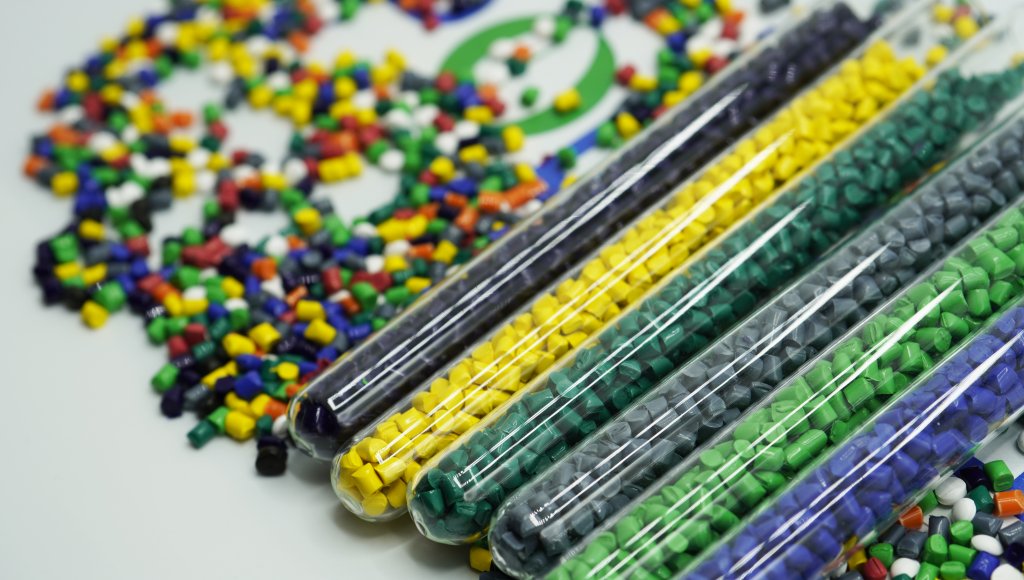
Fifth, color masterbatch drives the efficiency of manufacturing process
Not only does it disperse nicely on the plastic surface, color masterbatch also contains a number of specific additives such as processing aid, dispersion agent,… These substances considerably improve its performance in the manufacturing process, thus enhancing end-products’ quality.
Related: Color masterbatch for injection molding products
The main differences between color masterbatch and pigments are illustrated in this table below:
| Criteria | Plastic color masterbatch | Pigments |
| Components | Pigments, plastic resins and other specific additives | Pigments only |
| Form | Granules | Powder |
| Dispersion | Excellent | Medium |
| Store and preservation | Easy | Difficult |
| Pigment consumption | Low | High |
| Manufacturing efficiency | High | Low |
| Environmental friendliness | Good | Bad |
All things considered, plastic color masterbatch should definitely be the best choice for enterprises when it comes to plastic colorants. According to end-products requirements, plastic enterprises will decide on the suitable colorants. Here are the most common types of color masterbatches for your reference.
Common types of plastic color masterbatches
White masterbatch
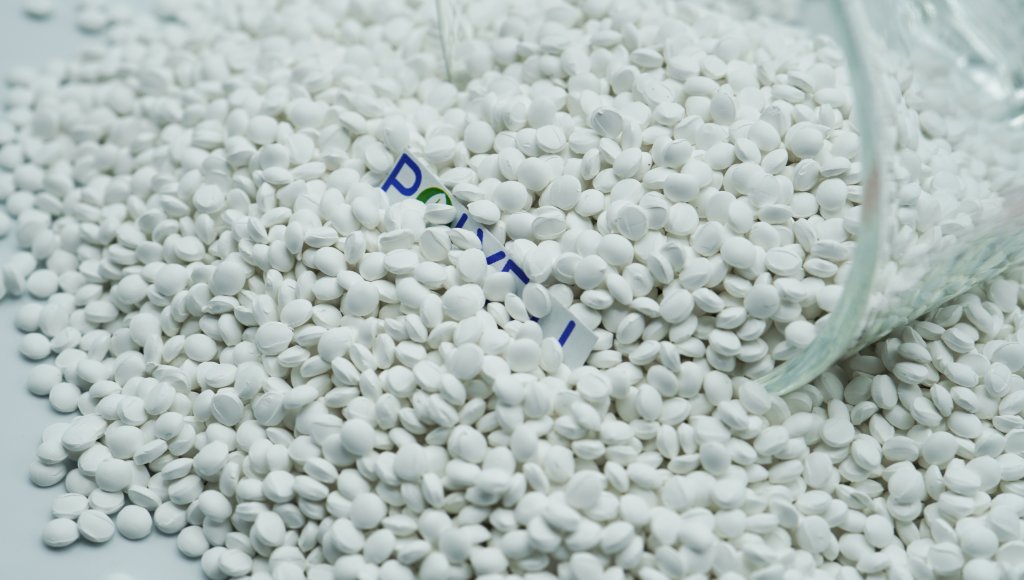
The combination of Titanium Dioxide (TiO2), plastic resins and other specific additives has created white masterbatch – an effective colorant solution. TiO2 offers an extremely high refractive index compared to any other types of materials. This component provides end-products with a beautiful white color. By changing the loading rate of TiO2, plastic enterprises can adjust the level of brightness of the end-products. Unlike pigments, which normally create opacity by absorbing visible light, white masterbatch scatters light to provide opacity. This protects end-products from degradative effects of the sunlight as well as helping them be more durable and long-lasting.
Thanks to its outstanding advantages, white masterbatch is widely applied in many applications such as packaging films, stretch films, mulching films or blown moulding,… It offers end-products a high level of brightness and transparency, great dispersion and UV resistance.
Related: All about plastic filler white: Components, benefits and applications
Black masterbatch
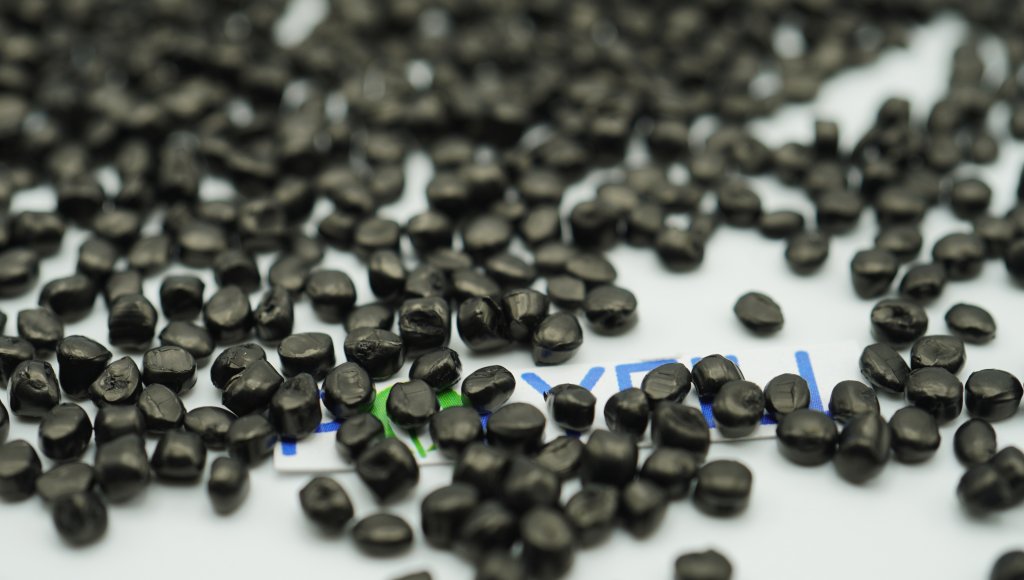
Another common type of color masterbatch is black masterbatch. This material is made of carbon black, plastic resins and necessary additives, thus offering end-products a beautiful black color. This composition allows black masterbatch to provide end-products with a high level of dispersion together with an ability of weather stabilization. These are also the greatest advantages introduced by black masterbatch in comparison with black pigments. Some common applications of black masterbatch are injection moulding and extrusion products.
Other types of color masterbatches
Good news for plastic enterprises, there is no limit for the range of color masterbatches. Depending on your end-products’ characteristics, an accurate proportion of components will be decided to ensure that they are totally compatible with the current mixture. Also, plastic enterprises can inquire about other necessary additives to exactly fit your end-products. On the contrary, pigment is itself only, which requires you to put more effort on material adjustment and processing. That also means more time and expenses needed.
PolyFill plastic color masterbatch
As the market leader in the filler masterbatch market, PolyFill takes pride in providing customers with the highest quality color masterbatches. There are tons of colors available for your choice such as black masterbatch, white masterbatch and other customized colors. Specifically, we are able to develop tailor-made materials that exactly fit your end-products properties. PolyFill plastic color masterbatch has been now widely applied in many fields such as the packaging industry, construction, household appliances manufacturing,… Thanks to the state of the art technology and experienced experts, we are able to meet all of your requirements regarding technique or functionalities and even go beyond your expectations.
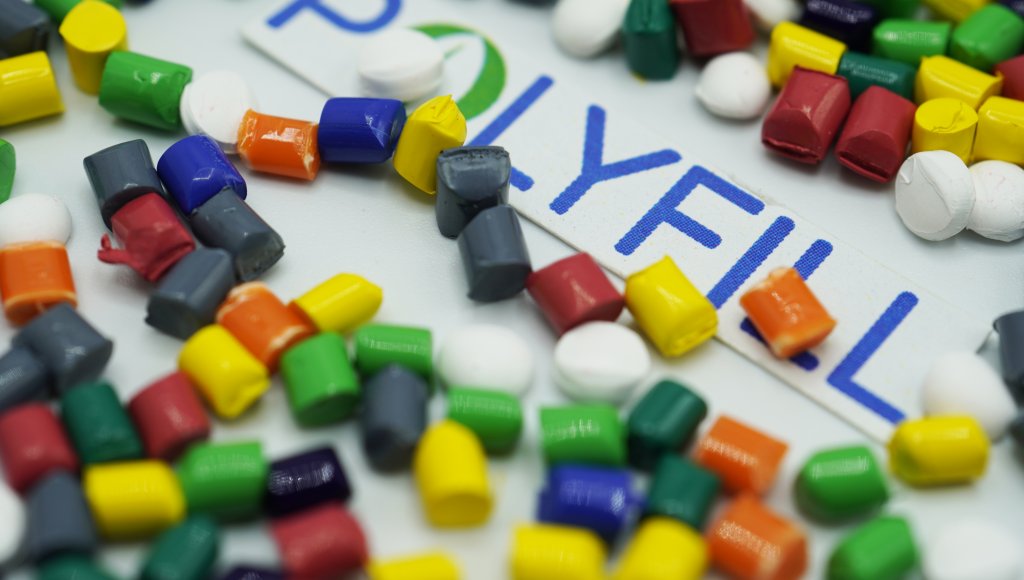
For further information and consultation, do not hesitate to contact us HERE!

